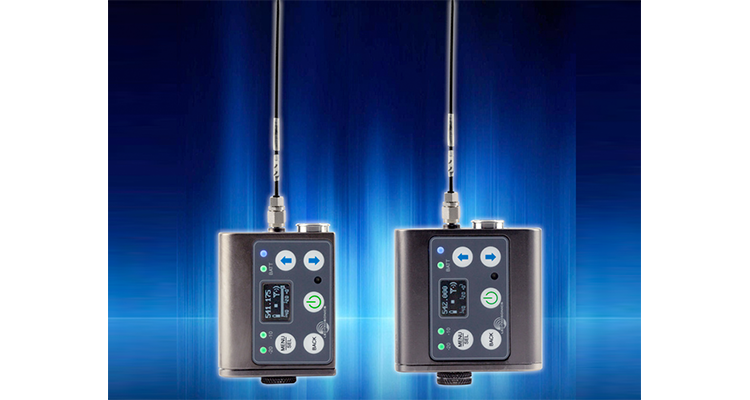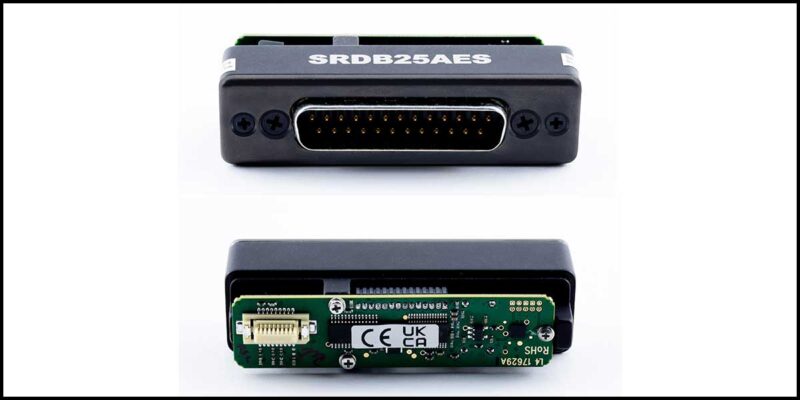Lectrosonics Intros DBSM Single Battery and DBSMD Dual-Battery Body-Pack Transmitters

Lectrosonics introduced the two newest members of the digital wireless microphone system family, the DBSM single battery and DBSMD dual-battery body-pack transmitters.
The new units are compatible with the DSQD digital receiver, DCHR digital portable receiver and DCR822 compact dual-channel digital receiver and feature a tuning range covering both the A1 and B1 bands from 470 to 608 MHz (470 to 614 MHz for the E01 international versions). The new transmitters include specially developed, high-efficiency circuitry for extended operating time on AA batteries, and offer RF power selections at 10, 25 and 50 mW. In addition, Lectrosonics says a new, selectable high-density transmission mode (HDM) allows for tighter channel spacing, yielding more than double the operating frequencies per available spectrum. Firmware updates are now available for the DSQD, DCHR and DCR822 receivers, and updates for the Mac and PC versions of Wireless Designer software, to make use of this this new high-density mode.
With an audio frequency response of 20 Hz to 20 kHz in standard transmission mode, a dynamic range of 112 dB, and a flat in-band phase response, the DBSM and DBSMD provide studio-grade sound, with low noise, for the most demanding productions.
The DBSM and DBSMD can be configured as either transmitters or recorders, with files stored on microSD card memory in the industry standard Broadcast Wave .wav (BWF) format at a 24-bit, 48-kHz sample rate. The TA5M mic/line connector also acts as a timecode input for jam sync with master clocks on set, making audio file alignment quick and easy in post-production. The internal clock provides accuracy of <1 ppm for all-day operation.
The microSD memory card can also be used to update the units’ firmware in the field. The DBSM and DBSMD respond to remote “dweedle tone” commands, available via third-party apps such as New Endian’s LectroRM and PDR Remote, allowing users to change settings including frequency, audio level, lock/unlock, and to start or stop recording.
The machined aluminum housings are the same size and shape as the previous generation SMWB and SMDWB units so that standard accessories are compatible, including belt clips, battery eliminators, and pouches. The input wiring is also the same as previous generation SM Series transmitters, allowing the use of existing lavaliere and headset microphones wired for either servo-bias or “universal” inputs, along with adapter cables for line inputs and dynamic mics. The two-way IR port ensures quick setup and allows for data sharing between units including frequency tuning groups and encryption keys when in shared key management mode.
The DBSM and DBSMD support encryption in a 256-bit AES, CTR mode format for robust security, meeting FIPS 197 and 140-2 standards. Four different key management modes can be employed, including “Universal” — where all units in the system share the same default key; “Shared” — where a unique key is created and can be shared between transmitters and between transmitters and receivers; “Standard” — where a unique key is created but cannot be shared between transmitters or from transmitters to receivers; and “Volatile” — where every session requires a new key.
Prices:
- $2,350 for the single-battery DBSM.
- $2,450 for the dual-battery DBSMD.




